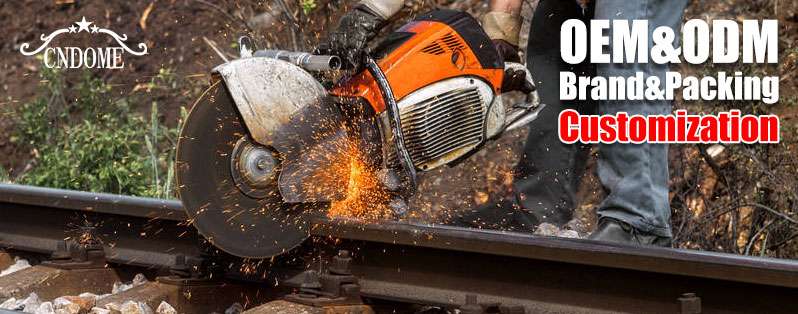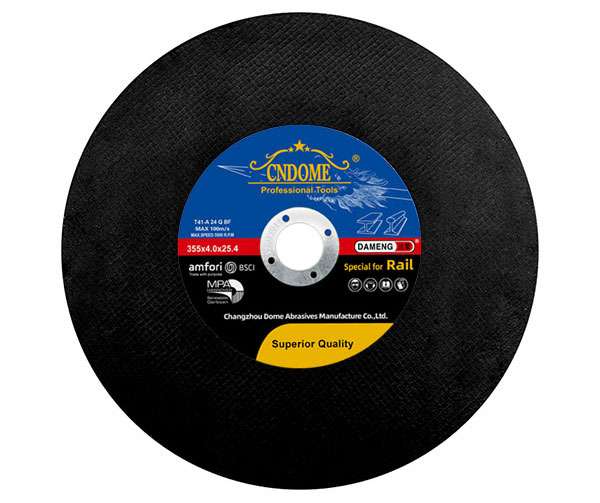Rail cut-off wheels are specialized abrasive tools designed for cutting rail tracks with precision and efficiency. Whether you’re working in railway construction, maintenance, or repair, using the right cut-off wheel can significantly enhance productivity and safety. Here’s a comprehensive guide to rail cut-off wheels, their features, applications, and tips for choosing the right one.
What Are Rail Cut-Off Wheels?
Rail cut-off wheels are typically made from a composite of abrasive materials such as aluminum oxide or silicon carbide. These wheels are engineered to handle the high demands of cutting through hard materials like steel, which is common in railway applications. Their design often includes reinforced cores for added strength and durability.
Key Features of Rail Cut-Off Wheels
- Material Composition: The quality of the abrasives used is crucial. High-quality materials provide longer service life and better cutting performance.
- Thickness: Rail cutting discs come in various thicknesses. Thinner wheels are suitable for faster cuts, while thicker ones are more durable for deeper cuts.
- Diameter: Common diameters include 12 inches, 14 inches, and 16 inches, depending on the cutting machine and the specific job requirements.
- Reinforcement: Many rail cutting discs feature a reinforced design, which helps prevent breakage during heavy-duty use.
- Cooling Features: Some wheels are designed with cooling slots or vents to reduce heat buildup, which can prolong the life of the wheel and improve cutting performance.
Applications of Rail Cut-Off Wheels
Rail cut-off wheels are essential in various applications, including:
- Railway Construction: Used for cutting new rail sections to the required lengths.
- Maintenance and Repair: Ideal for trimming damaged rails and making precise cuts for rail replacement.
- Fabrication: Useful in the fabrication of rail-related components, ensuring accurate and clean cuts.
Tips for Choosing the Right Rail Cut-Off Wheel
- Know Your Material: Understand the type of rail material you’ll be cutting. Different materials may require specific abrasive compositions.
- Consider the Machine: Ensure the wheel is compatible with your cutting machine in terms of diameter and arbor size.
- Assess the Job Requirements: Determine the thickness of the rail and the type of cut required—whether it’s a quick trim or a deep cut.
- Evaluate Durability Needs: Choose a wheel that balances cutting speed with durability, especially for high-volume tasks.
- Safety Standards: Always check for compliance with safety standards. Using a wheel that meets industry safety guidelines is essential for safe operation.
Safety Considerations
When using rail cut-off wheels, always prioritize safety:
- Wear Protective Gear: Use safety goggles, gloves, and a face shield to protect against sparks and debris.
- Inspect the Wheel: Before use, inspect the wheel for any signs of damage or wear.
- Follow Operating Instructions: Adhere to the manufacturer’s instructions regarding speed and handling to prevent accidents.
Conclusion
Rail cut-off wheels are invaluable tools in the railway industry, offering precision, efficiency, and safety in cutting applications. By understanding their features, applications, and how to choose the right one, you can ensure optimal performance for your railway cutting tasks. Whether for construction, maintenance, or fabrication, selecting the right rail cut-off wheel can make all the difference in achieving clean, accurate cuts.



